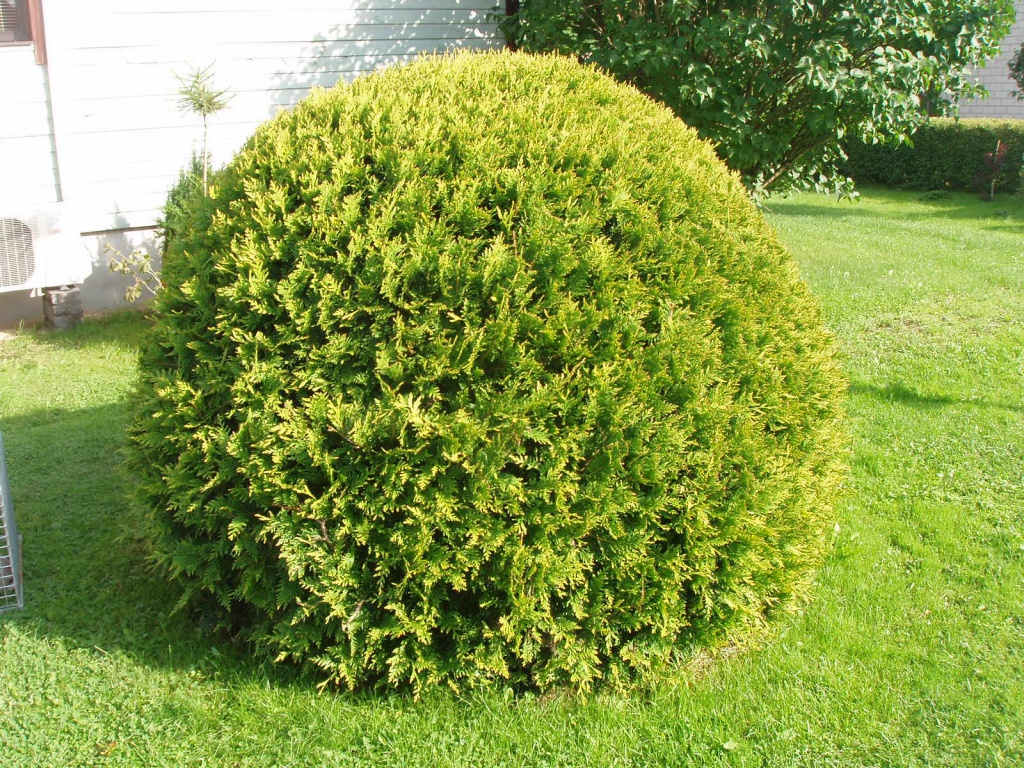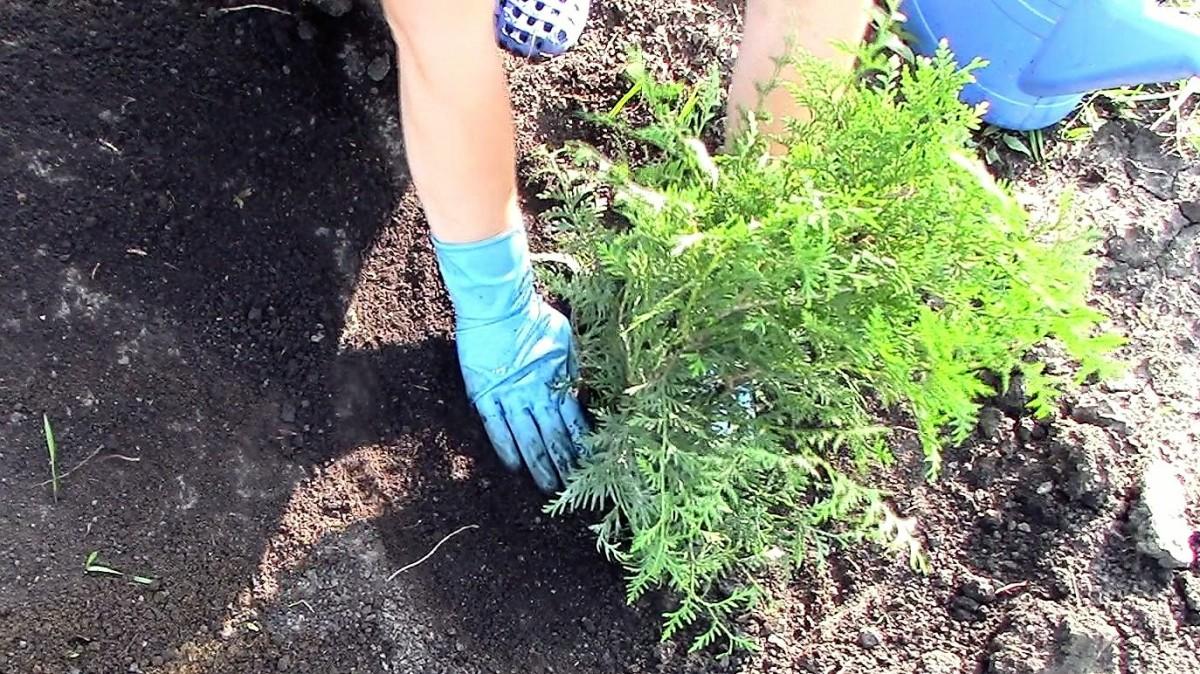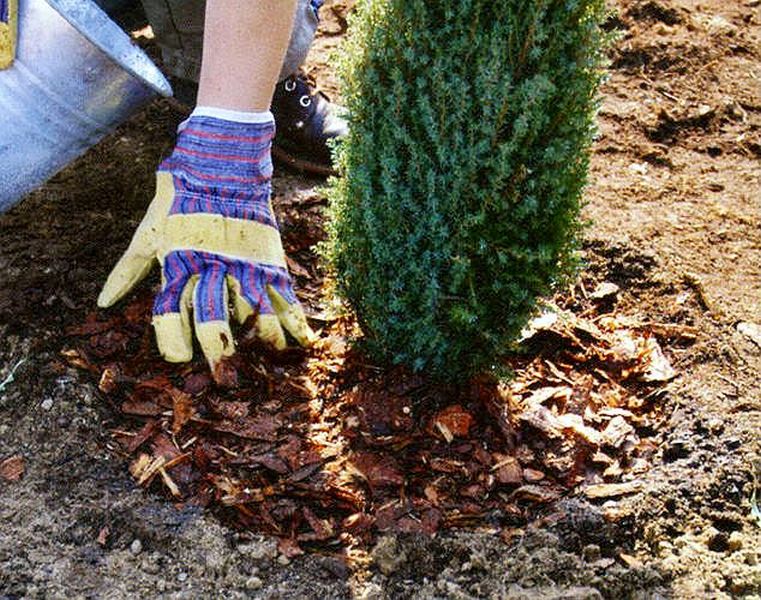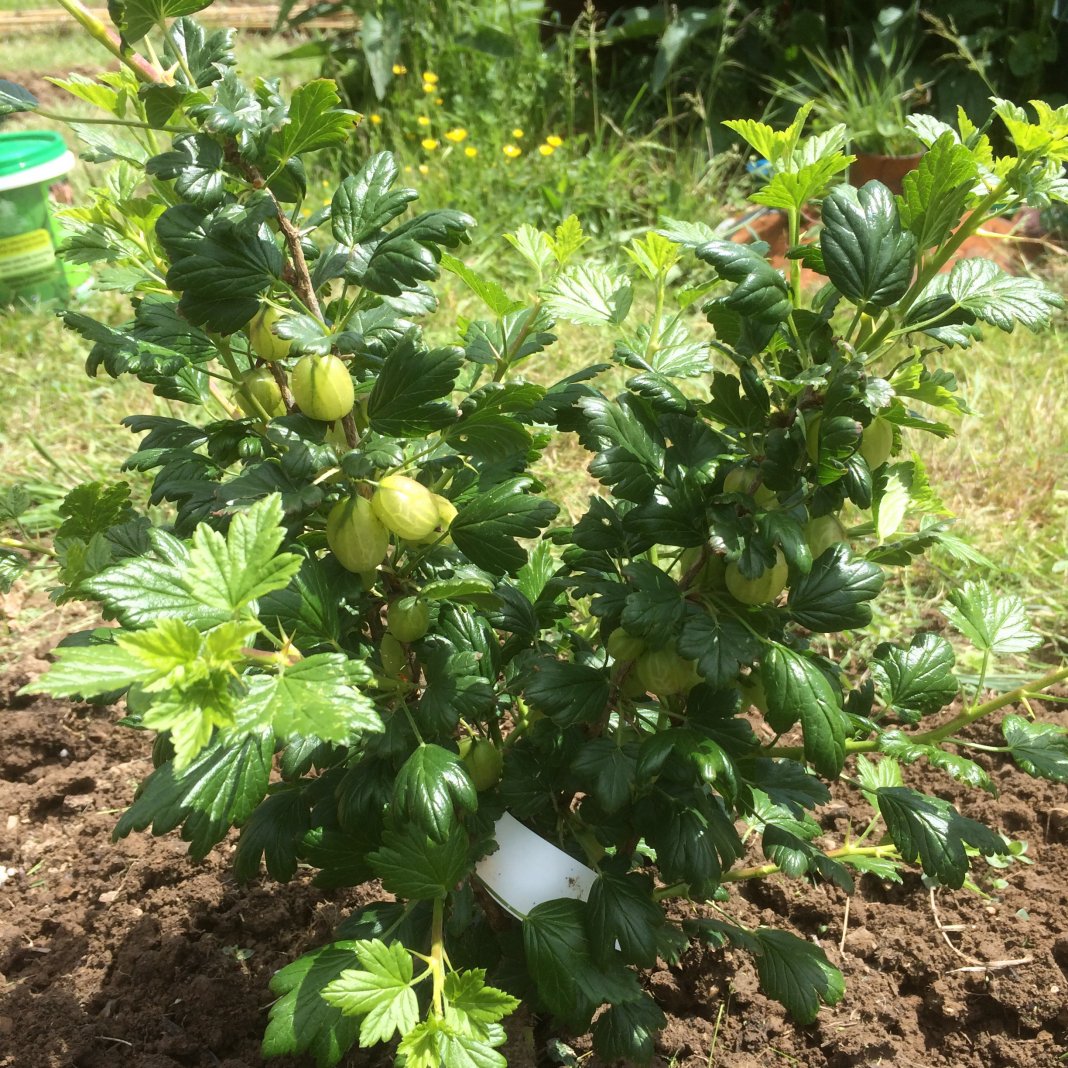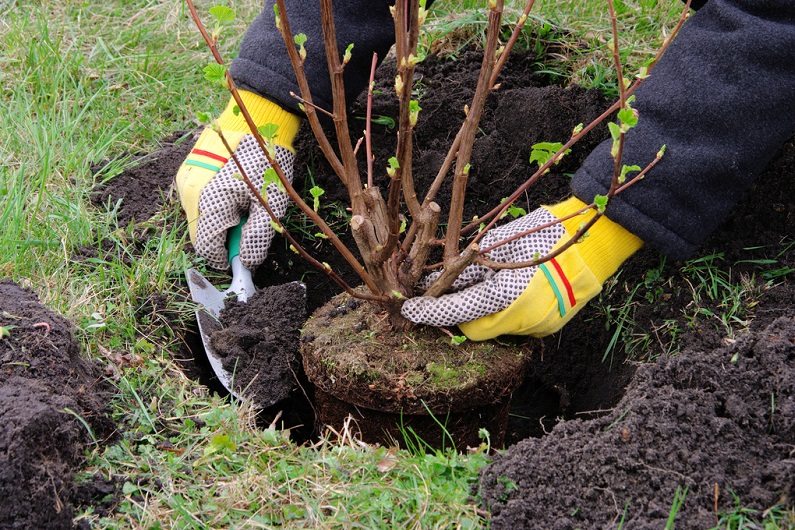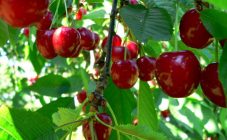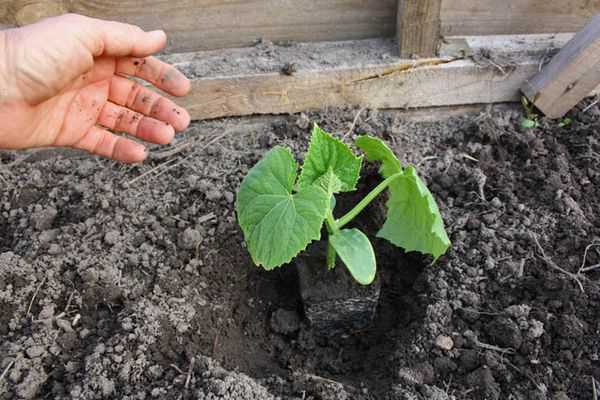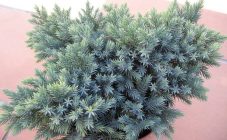Content:
Thuja is one of the most spectacular garden plants. An evergreen tree or shrub will blend in well with any landscape. At the same time, the culture has strong immunity, does not require special conditions for growth, and is frost-resistant. Plant care is simple. But, despite this, there is one procedure that requires special attention from the gardener. This refers to the transplantation of thuja in the summer to another place. It is important for a summer resident to carefully approach the event, having worked out in theory the questions of how to transplant an adult thuja and when is the best time to do it.
Characteristic
Thuja is a representative of evergreen conifers from the Cypress family. Its other name is life tree. The culture is dioecious. Maybe as a shrub or a tall tree stretching to the sky to a height of 50-70 m. At the same time, the trunk sometimes reaches a diameter of about 5 m. Such thuja can be found on the North American continent and in Asia.
The popularity of the life tree is due to positive characteristics, including:
- Frost resistance. The plant grows without problems in the central part of Russia, in the Urals, in Siberia.
- Both a house plant and a garden plant are grown.
- It develops without problems in areas where the air is polluted. If the dacha is located near the highway, the thuja will take it calmly. It grows well in polluted metropolitan areas.
- Easy to trim. The plant produces beautiful hedges or green shapes.
- Thuja, like another representative of the cypress juniper, purifies the air and has a pleasant forest coniferous scent.
- Unlike the juniper, the scaly needles of the life tree are soft, not prickly.
- When autumn comes, miniature elongated cones appear on the thuja. First, their color is light green, then light brown. At the same time, dark cornflower-blue or reddish cones appear on the juniper.
Growing features
Spring and autumn are suitable for planting a thuja seedling. The place for the plant must be open, but with shade at midday. Direct sunlight will damage the needles. It is important to plant the culture where there are no strong winds and drafts. The soil is selected nutritious, loose, with a sufficient content of peat and sand.
Culture transplant
Thuja transplant is a forced process. Usually the need for it arises if the plant cannot develop well in the garden allocated for it. For example, the selected area is too sunny, as a result the thuja dries. Another reason a transplant is necessary is to change the gardener. The shrub is bought and transferred to a new permanent location in another garden.In this case, the question "when is it better to transplant thuja?" Agronomists assure that the procedure is possible at any time of the year. Spring and fall seasons are preferable due to moist soil. But summer time (for example, August) is the answer to the question "when to transplant thuja to another place?"
Step by step guide
- Landing takes place in a bright place without drafts.
- A planting hole is dug 20-25 days before replanting thuja. Its depth should be about a meter, its diameter should be about the same.
- The soil is mixed with peat, compost, ash.
- The summer day, when the landing will be organized, should not be hot and not rainy. It is best to practice the plant in the evening.
- The root system is removed from the container and transferred to a prepared pit. It is not recommended to spread the roots. They are too delicate, any damage to them will be perceived negatively by the culture.
- The root collar should be level with the edges of the planting pit.
- After planting is completed, the trunk circle is tamped, watered and mulched.
- Fertilizing the plant in the first year is not recommended. The only thing that can be brought under the transplanted plant is a growth stimulator.
Post-transplant care
The new shrub is not cut for the first few years, but it is carefully prepared for winter. The near-trunk circle must be overshadowed by fallen leaves, peat. Spruce and pine branches are suitable. The crown is wrapped in burlap. Top dressing with compounds for conifers is carried out 1-2 times a year in spring and summer.
Transfer from a pot to the ground
When can you transplant thuja to another place, if before that the plants were in containers? It is recommended to perform the procedure in the spring, after the snow melts. It is good if the gardener catches the moment when you can transplant thuja, just before the start of sap flow.
- The landing pit is prepared in the fall. The soil should consist of peat, humus, turf, sand.
- It is allowed to add superphosphate to the soil. But the soil with phosphorus fertilization should not touch the roots of the crop.
- Drainage is laid at the bottom of the landing pit. Coarse sand, broken brick will do.
- When transplanting a plant from a container, shake the pot a little to get the bottom of the crop along with all the soil. Thus, the root system is placed in a pit on the site.
- After the bed is moistened abundantly.
Diseases and pests
Thuja has strong immunity and rarely gets sick. She can catch an ailment if the care plan is violated. For example, the soil is constantly waterlogged, or the shrub is weakened due to the lack of sprinkling and feeding. This applies to both a garden plant and a home... Possible diseases include:
- Brown shoots;
- Rust;
- Phytophthora;
- Schütte.
Harmful insects that spoil the shrub:
- Thuvaya aphid;
- Mite;
- Leaf roll.
Pests will disappear if you apply insecticides: Fufanon, Karate, Bi-58, Decis, Karbofos.
Transplanting a thuja to another place in the summer requires careful preparation and accuracy from the gardener. After the plant, proper care is established in the form of frequent watering, protection from the sun, etc.
